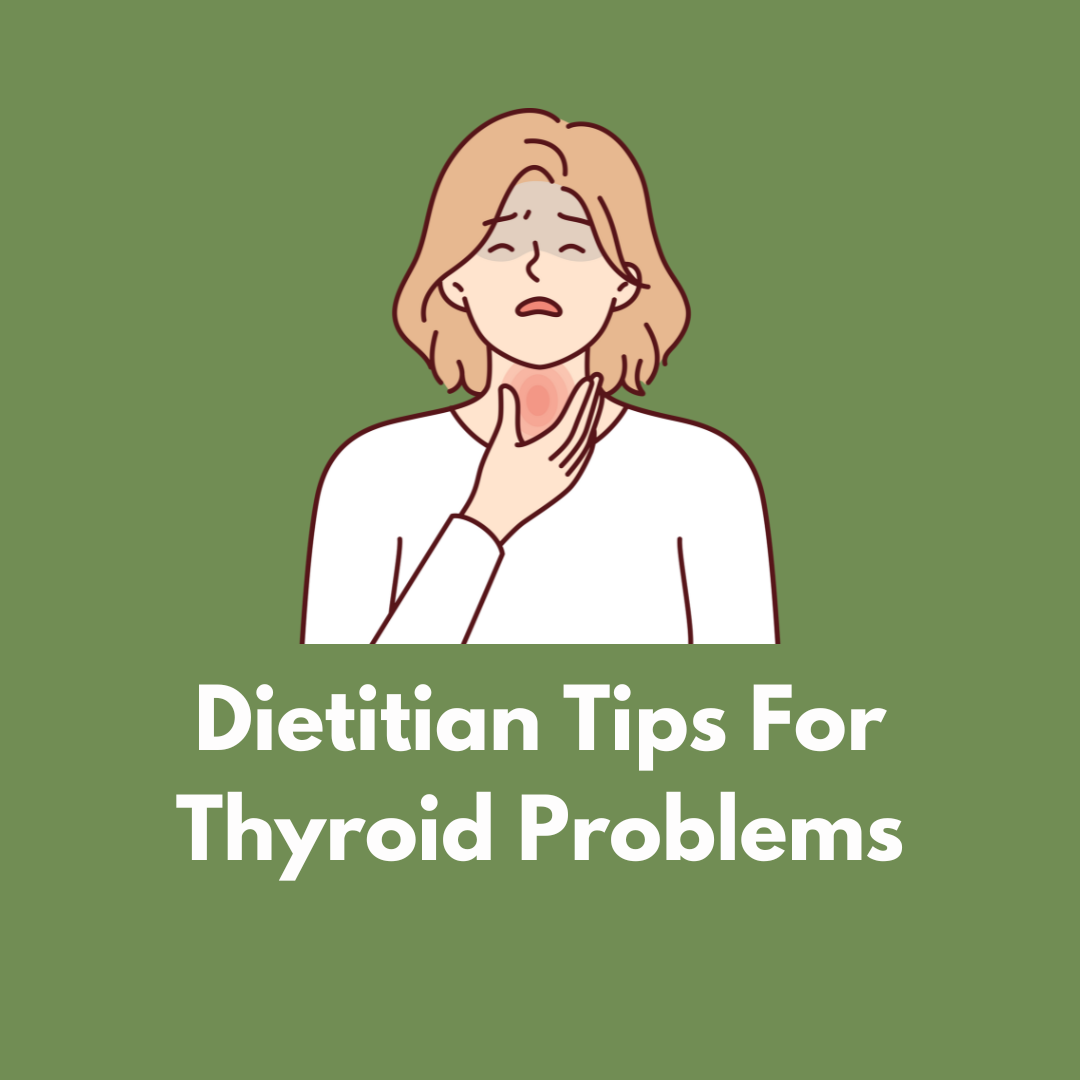You also called as influenza caused by RNA virus (Orthonyxovirdae family) bacterial infection the respiratory tract of several animals, bus and most commonly humans. The most common symptoms of getting a flu fever, cough, headache, and malaise. some individuals also the science of sore throat, nausea, vomiting and diarrhea. The symptoms generally last for 1-2weeks.enza virus also lead to more cigarette in less with mortality to about 0.1 %.
Influenza is triggered by two types of viruses predominantly influenza an influenza b full stop this generally includes and H1 N1, h5 N1 strains.there are currently form in drugs available in the market for the treatment of flu namely amantadine, rimantadine, oseltamivir and zanamivir.
What is the difference between influenza and other similar infections?
The symptoms onset of influenza generally abrupt while of the cold are generally gradual. Fever occurring due to influenza general lasts three to four days while with the common cold it is rare.
One can also mistake influenza with food poisoning as symptoms like nausea, vomiting, watery diarrhea abdominal pain, cramps main food poisoning post-op consequently respiratory symptoms like nasal congestion cough and breathing problems help distinguish flu from food poisoning.
Causes of a flu?
Influenza causing viruses are generally categorized into three types which are designated asaA, B and C.viruses A and B are mainly accountable for epidemics of respiratory diseases occurring every year. Influenza C virus causes either a mild respiratory illness or no symptoms at all. Influenza viruses undergo regular changes predominantly mutation. This change leads to a change in the structure of the virus which enables it to infect the immune system of the host. Due to mutation antibody targeting the virus is not able to recognize it and hence the virus becomes successful in causing the infection.
Most individuals who contract influenza recover in a week or two, however, others develop potentially life-threatening complications like pneumonia. In an average year, influenza is associated with about 36,000 deaths nationwide and many more hospitalizations. Flu-related complications can occur at any age; however, the elderly and people with chronic health problems are much more likely to develop serious complications after conventional influenza infections than are younger, healthier people. When people ignore or refuse flu vaccination, the death rate increases as shown by the recent higher death rates.
Incubation period
Incubation period is the time from exposure to the virus until the occurrence of initial symptoms is generally 1-4 days with an average of about 2 days.
Diagnosis of flu
Medical professionals clinically diagnose the flu by evaluating the patient’s history of association with people known to have the disease and their symptoms listed above. Usually, a health care professional performs a quick test (for example, nasopharyngeal swab sample) to see if the patient has an influenza A or B viral infection. Most of the tests can distinguish between A and B types. The test can be negative (no flu infection) or positive for types A or B. If it is positive for type A, the person could have a conventional flu strain or a potentially more aggressive strain such as H1N1. Most of the rapid tests are based on PCR technology that identifies the genetic material of the virus. Some rapid influenza diagnostic tests (RIDTs) can screen for influenza in about 10-30 minutes.
How does flu spread?
Flu generally spread among individuals, directly and indirectly, .human to human transmission occurs why droplets contaminated with the virus produced by cutting sneezing or even talking does disease spread indirectly due to droplets occurring utensils dishes clothing for almost any surface that the infected individual has touched.
Flu vaccine
Influenza vaccine is made from inactivated and sometimes attenuated virus or virus components. It is especially recommended for those who are at high risk for developing serious complications of influenza infections. A nasal spray vaccine has also been approved for healthy individuals under ages 22- 49 years of age and was recommended preferentially for healthy children age 2 through 8 who did not have wanted contraindications to receiving the vaccine if it is readily available.



